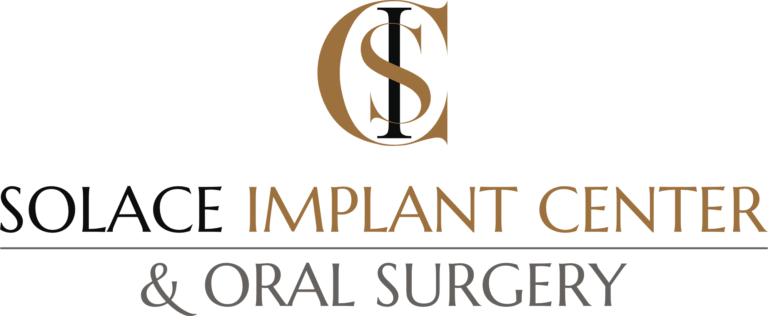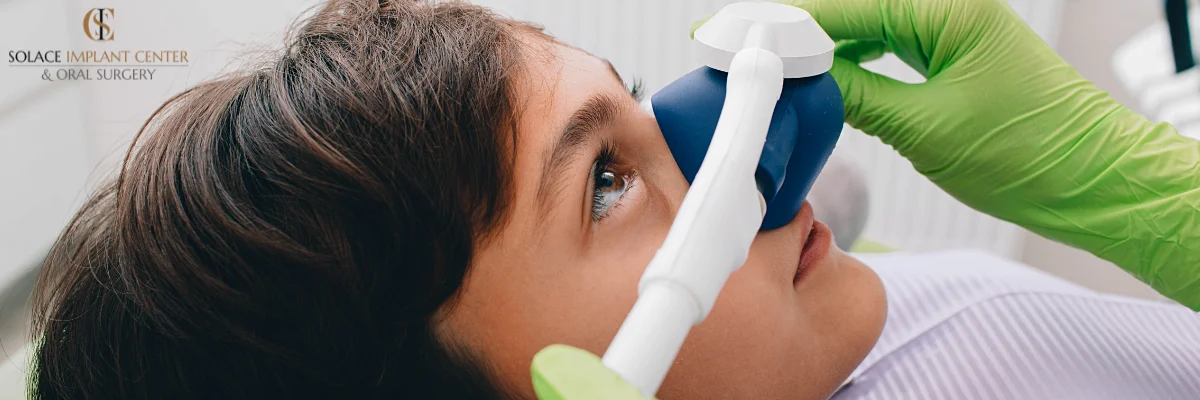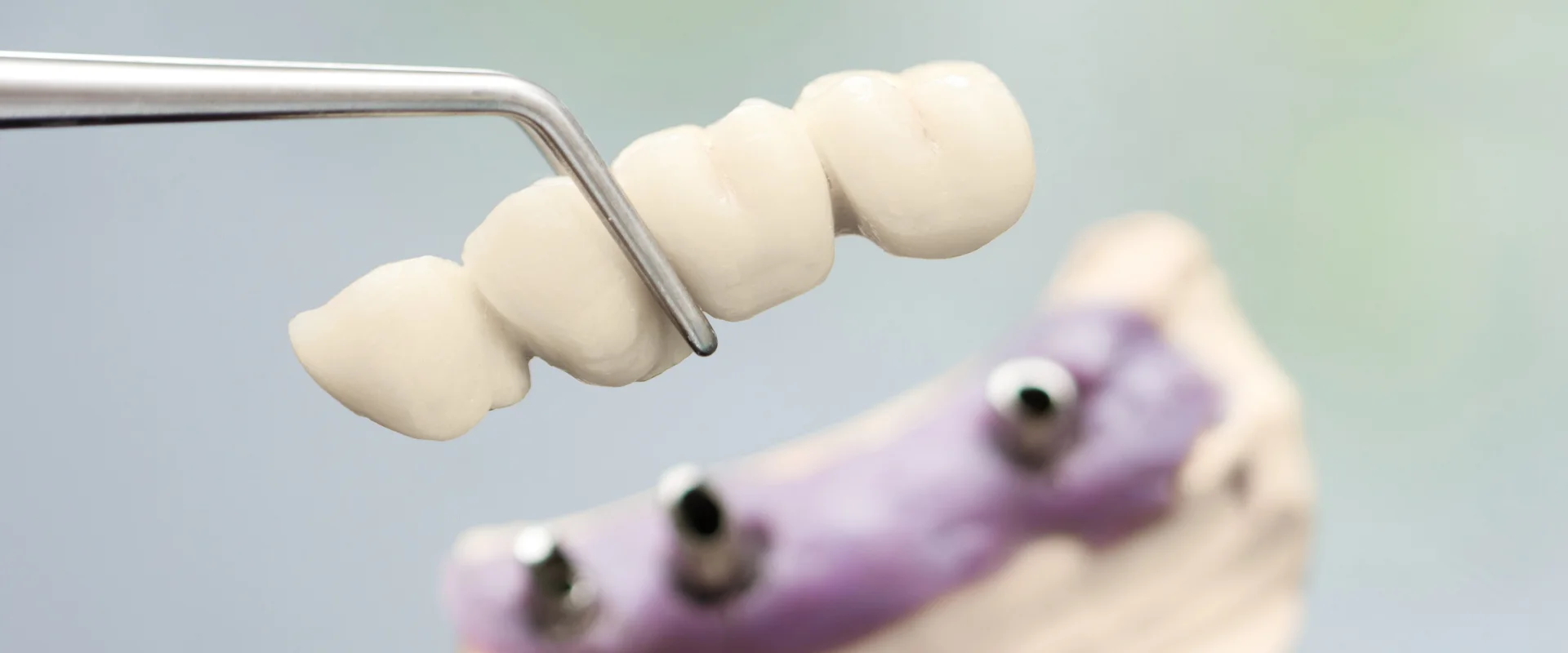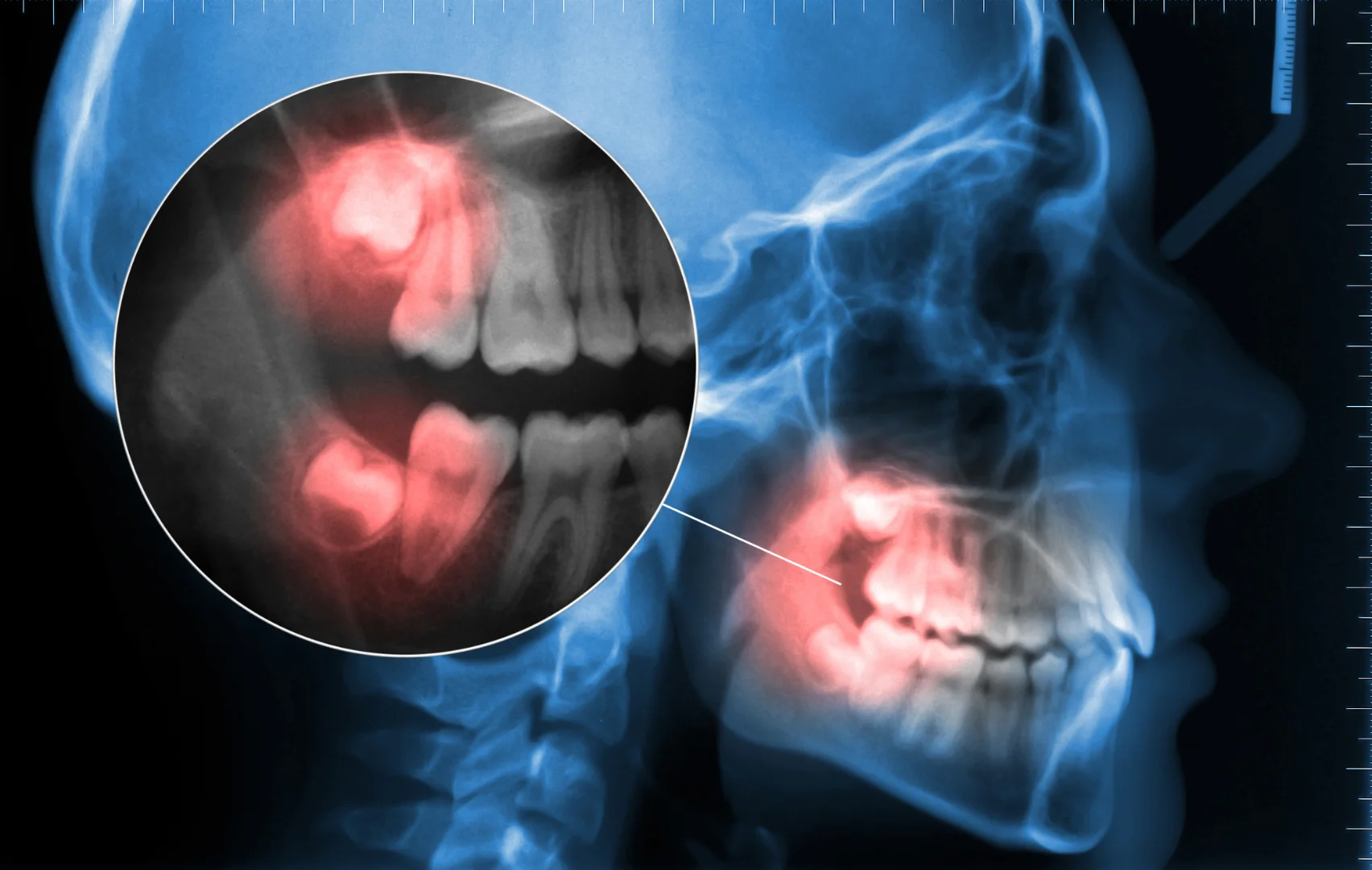Going to your oral surgeon can make many of us nervous. In fact, some people have had traumatic experiences in dental offices. If this describes you, sedation dentistry may be the solution you need. Solace implant center & Oral Surgery provides some of the best sedation dentistry in the country, meeting all your dental needs without pain or emotional stress. Our team is dedicated to compassionate care, ensuring your comfort and safety in the dentist’s chair throughout every dental procedure.
Sedation Dentistry Myths and Facts
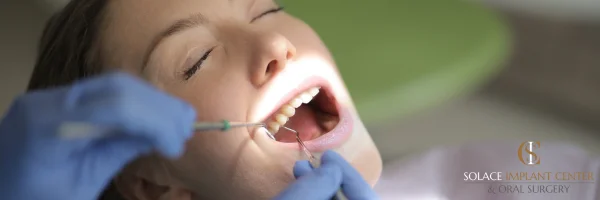
Sedation dentistry is often thought of as putting the patient to sleep. Thus, some patients fear they will lose control of their bodies or that the dentist will perform procedures without their consent. In reality, sedation dentistry does not mean you are asleep. Solace implant center & Oral Surgery uses several forms of conscious sedation, which allow you to stay awake during procedures but still remain relaxed. With most sedation methods, patients have little or no memory of the dental procedure, which helps reduce anxiety and discomfort. In dentistry, anesthesia can refer to both conscious sedation and general anesthesia. Sedation and general anesthesia are different: general anesthesia requires a hospital setting and an anesthesiologist, while most sedation is performed safely in the dental office.
Some of our patients have heard sedation dentistry carries negative side effects. At Solace implant center & oral surgery, we make sure our sedation methods have as few side effects as possible. Our methods are safe; we will protect you from experiencing any allergic reactions, seizures, or other medical problems. Simply alert us before treatment if you are allergic to our equipment, are epileptic, or have any disease or disability that causes muscle spasms or tremors.
Available Sedation
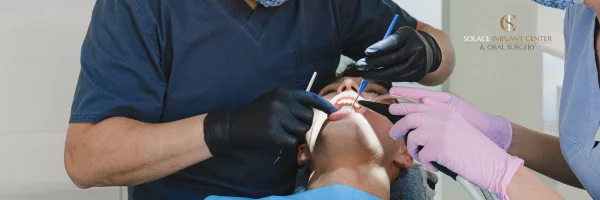
Different patients prefer different kinds of sedation, so Solace implant center & Oral Surgery obliges with multiple options. We offer nitrous oxide (laughing gas) as well as IV sedation. Nitrous oxide is one of the oldest sedation methods available. It may be best for you if you have mild dental anxiety or are experiencing a routine procedure. Nitrous oxide is a form of minimal sedation that allows patients to remain awake and relaxed during dental procedures. Some patients report numbness and tingling afterward, but this side effect is generally mild. The effects wear off quickly, so you can regain full awareness soon after your dental treatment.
Dental sedation can be used for a wide range of dental treatments, including for patients with a strong gag reflex, sensitive teeth, or certain medical conditions that make traditional dental care challenging. Sedation is also helpful for those with severe dental anxiety or medical conditions that make it difficult to tolerate dental procedures. Local anesthetic is often used in combination with sedation to numb the treatment area and ensure a pain-free experience. Most dentists are trained to provide various sedation options safely in the dental office.
IV sedation may be best if you have severe anxiety. We recommend it for short treatments because although IV sedation is moderate, it is injected directly into the bloodstream. Thus, it takes effect quickly and may last longer than nitrous oxide. Moderate sedation is a safe and effective method for patients with higher anxiety or more complex dental treatments. If you choose IV sedation, have someone drive you to and from the office. You might feel fatigued for several days afterward, so get as much rest as possible. Sedation helps patients relax in the dentist’s chair, making dental visits more comfortable and manageable.
There are several types of sedation available in dentistry, including nitrous oxide, oral conscious sedation, IV sedation, and general anesthesia. The appropriate type of sedation is selected based on patient needs, anxiety levels, and the complexity of the dental procedure. Dentistry offers varying levels of sedation, from minimal sedation (where you remain awake and relaxed) to deep sedation and general anesthesia (where you may fall into a deep sleep or become completely unconscious). Deep sedation and general anesthesia are typically reserved for complex or invasive dental procedures and are often administered in a hospital setting by an anesthesiologist.
Oral conscious sedation involves taking an oral medication before the procedure begins, which helps patients feel drowsy or even fall asleep, but they can still remain awake enough to respond to instructions. Oral sedation makes patients feel relaxed and groggy, and patients receiving oral or IV sedation should arrange for an escort home for safety.
